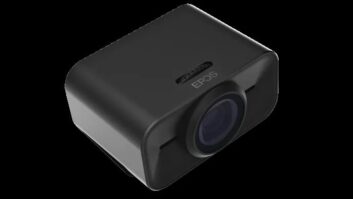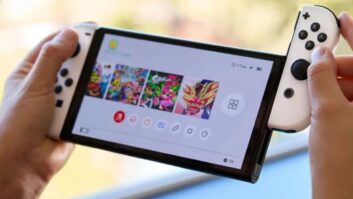El Segundo, Calif. – Media-type tablets like the Apple iPad and Galaxy Tab will outsell traditional tablet PCs around the world by 10:1 from 2010 to 2015, research company IHS iSuppli forecasts.
During the five-year period, 888.7 million media tablets will ship compared to 88.8 million PC tablets (see chart), IHS said.
In 2015, 45.2 million PC tablets will ship, growing at a compound annual growth rate of 81.5 percent from 2.3 million units in 2010. Shipments of media tablets in 2015, in contrast, will hit 262.1 million for a compound annual growth rate of 72.1 percent from 2010 shipments of 17.4 million.
“Because the tablet form factor will favor media consumption-rather than content creation-media tablets will massively outsell their PC-type tablet alternatives,” explained Rhoda Alexander, IHS monitor research director. Nonetheless, PC-type tablets will continue to fill a need, she said.
Media tablets are used mainly for Web browsing, social networking, email, and consumption of such media as video, music, e-books/magazines and games, the company explained. Their touch-friendly applications evolved from the smartphone industry, whereas PC-based tablets “have incorporated touch but made poor use of it in the past, burdened by legacy applications heavy with pull-down menus and a dizzying array of choices,” the company said.
Nonetheless, PC-based tablets still meet a need despite “the slow boot-up time, the tendency to crash or freeze and the awkwardness of the touch integration,” the company continued. “They are designed for work, allowing users to quickly accomplish data input, analysis and creation-oriented tasks that are still less than realistic to perform on a media tablet.”
Although improved productivity applications, additional functionality and expanded access to the cloud “will all work to expand the functionality of media tablets, it is not clear that they will be able to cross the line from consumption to creation devices for many in the corporate environment,” IHS said.
However, the emergence of hybrid products that combine aspects of both types of tablets, the company continued, “holds promise for providing a bridge between the universes, allowing data-intensive workers access to the full functionality they have grown to rely on in a fully configured PC system while still providing access to the speed and ease of use of a mobile system.”
Such hybrids function as a media tablet in a mobile environment but “convert to a full operating system when linked to a docking station,” which also allows for the easy incorporation of such peripherals as full-sized keyboards and additional displays, the company explained.
The hybrid approach “offers an opportunity for PC vendors to continue to distinguish their products from the growing competition in the mobile arena and will eventually work to slow the growth in the pure media tablet category,” IHS said. “As appealing as the media tablets are, many users still need a more robust system.”
Wider adoption of hybrids, however, will take several years because of outstanding issues that need to be resolved, the company continued. One is startup time. “While fully configured PC tablets are unlikely to match the start-up speed of a media tablet in the short term, substantial effort is being invested in narrowing the current significant time gap between the two devices.”
A second issue is Microsoft’s Windows 8 operating system, said to improve touch performance and further evolve tablet PCs’ graphics-based menus to make them more suited to a touch interface in mobile and docked mode. “The timing and performance of this release will be critical,” IHS said. The company doesn’t expect the OS to be launched until mid- to late 2012, and it will be 18 to 24 months “before there is significant business adoption,” the company forecast.
IHS pointed out that media tablets are typically slate-style devices using a mobile operating system, ARM-based or mobile CPU, and a touchscreen as the primary interface. PC tablets, in contrast, use a slate or convertible/hybrid form factor based on Atom or x86 architecture, and they incorporate a full PC operating system such as Windows 7, Linux or Mac OS.
IHS iSuppli Figure: Worldwide Tablet Unit Shipment Forecast
(Thousands of units)













